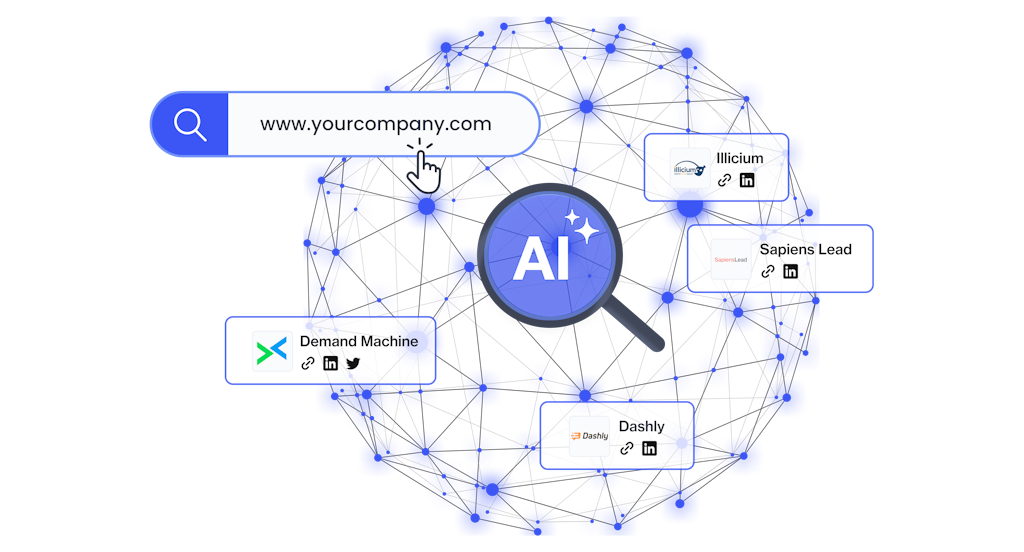20 Actionable Email Marketing Tips
20 Actionable Email Marketing Tips
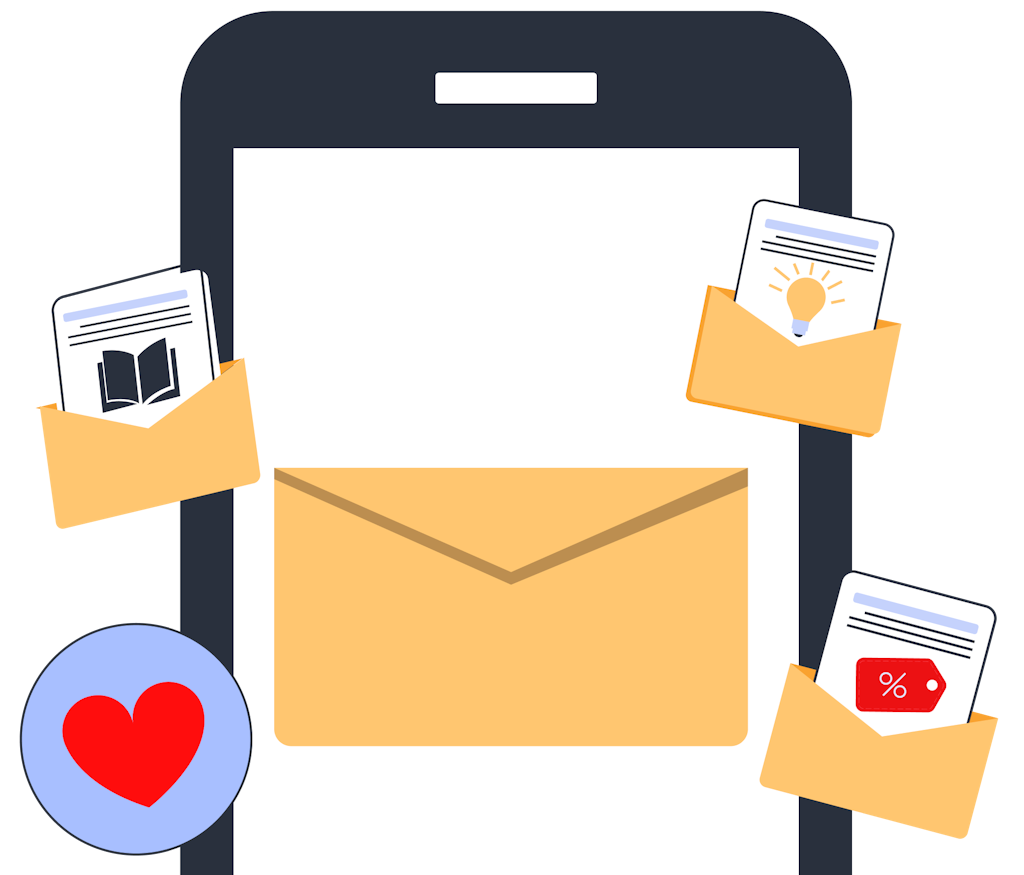
Contrary to the notion that email is an outdated communication channel, it continues to be a powerful business tool. With its unparalleled reach, personalization capabilities, and proven return on investment (ROI), email marketing remains a cornerstone of successful digital marketing campaigns.
However, email marketing is a dynamic landscape where strategies, trends, and consumer behaviors evolve rapidly. To thrive in this ever-changing environment, marketers must harness the fundamental principles and stay up-to-date with the latest best practices.
Is Email marketing still effective?
Is Email marketing still effective?
Email marketing's effectiveness can be summed up in one key metric: ROI. According to recent studies, for every $1 spent on email marketing, the average return on investment is an impressive $40.
On average, Campaign Monitor shows the global email open rate is around 21.5%. It shows that more than one-fifth of recipients actively engage with the emails they receive. In addition, the average click-through rate for emails is approximately 2.6%, as per a report by Campaign Monitor.
While this might seem modest, it's important to note that even a small percentage can translate into significant traffic and conversions for businesses with large email lists. Email marketing drives more conversion than social media. Email marketing generates $36 for every $1 spent, while social media gives $2.80 for every $1, an astounding 3600% ROI.
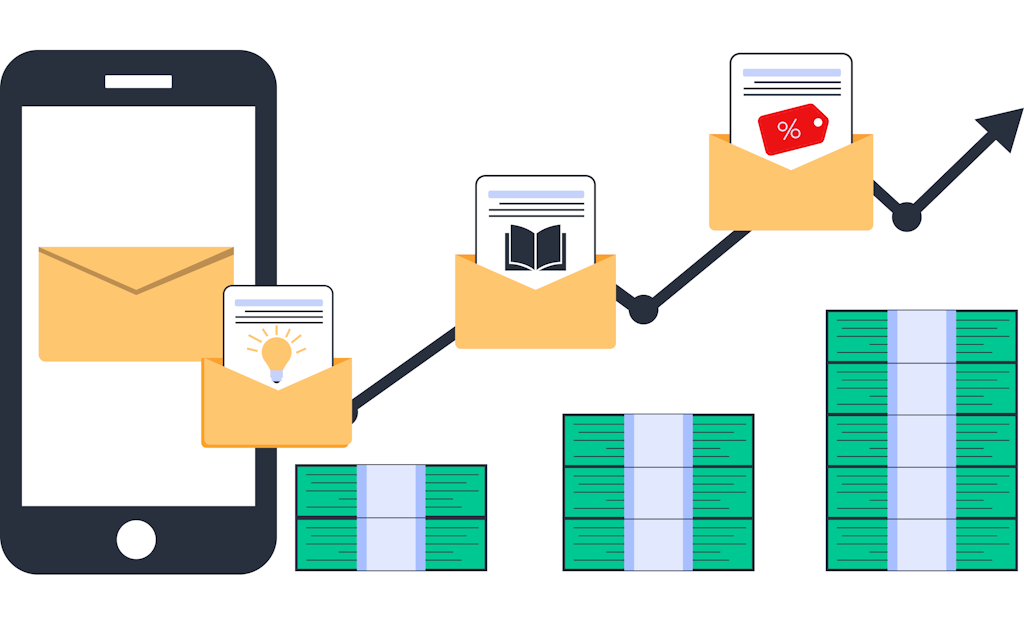
The use of smartphones has had a profound impact on email marketing. Today, at least 41.9% of email opens occur on mobile devices. Emails that render well on smartphones and tablets look better and enhance the user experience, leading to higher engagement rates.
In addition, modern email marketing relies heavily on segmentation and personalization. Emails tailored to specific audience segments perform significantly better than generic messages. Research by the Direct Marketing Association found that segmented and targeted emails generate 58% of all revenue.
Email marketing complements and integrates with other marketing channels, such as social media, content marketing, and paid advertising. For example, using email to nurture leads acquired through social media advertising can increase conversion rates. E-commerce giants like Amazon and local businesses continue to achieve remarkable results through well-executed email campaigns.
Why is Email Marketing Important?
Why is Email Marketing Important?
The digital marketing landscape is ever-evolving, and e-mail marketing has proven to be an indispensable tool for businesses. Here are more reasons why email marketing remains vital in modern marketing strategies:

Offers direct and personalized communication with the audience, fostering one-on-one connection
Delivers targeted and relevant content through advanced segmentation and customization
Delivers targeted and relevant content through advanced segmentation and customization
Provides a higher ROI than other marketing strategies, making it budget-friendly and adaptable to organizations of all sizes
Provides a higher ROI than other marketing strategies, making it budget-friendly and adaptable to organizations of all sizes
Leads through the conversion funnel at every stage, and automated workflows and drip campaigns nurture leads effectively
Leads through the conversion funnel at every stage, and automated workflows and drip campaigns nurture leads effectively
Builds and maintains existing customer relationships as it keeps brands top of mind and fosters loyalty through regular, valuable content
Builds and maintains existing customer relationships as it keeps brands top of mind and fosters loyalty through regular, valuable content
Complies with regulations like the General Data Protection Regulation (GDPR), showing respect for subscriber's privacy and trust
Complies with regulations like the General Data Protection Regulation (GDPR), showing respect for subscriber's privacy and trust
Demonstrates long-term value and ROI of marketing efforts through tracking metrics like subscriber retention and lifetime value
Demonstrates long-term value and ROI of marketing efforts through tracking metrics like subscriber retention and lifetime value
Email marketing is a dynamic and adaptable tool that remains crucial in modern marketing strategies.
See the magic for yourself
See the magic for yourself
Why waste time on prospects that don't convert?
Get a free trial or book a personalized demo.
Start Now Why waste time on prospects that don't convert?
Get a free trial or book a personalized demo.
Free Trial
Dedicated CSM
Global Coverage
GDPR compliant
List Building and Segmentation
List Building and Segmentation
Building a high-quality email list ensures you reach the right audience who genuinely wants to hear from you. However, it's not about quantity; quality matters.
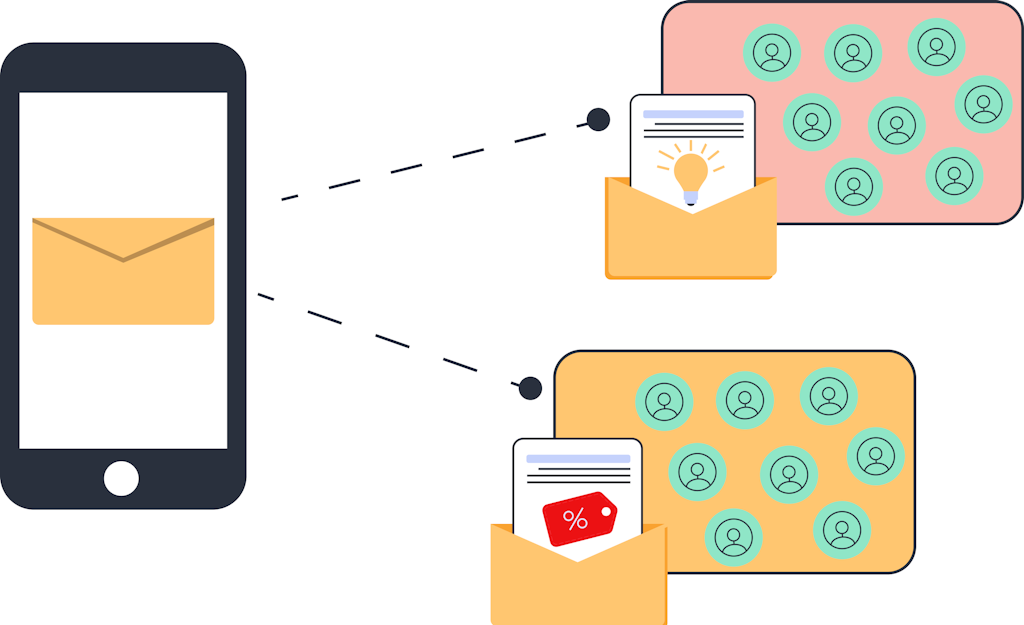
1. Segment Your List
1. Segment Your List
Segmentation allows you to send content that's highly relevant to each subgroup. This relevance increases engagement and encourages recipients to take desired actions.
By segmenting your list, you can address recipients by name and tailor content to their interests, increasing the chances of conversions. Businesses can segment through demographics, behavior, or interests.
2. Use Lead Magnets
2. Use Lead Magnets
Lead magnets are free, high-value resources or offers provided to website visitors or social media users in exchange for their contact information, usually their email addresses. Examples include e-books, checklists, templates, webinars, and exclusive discounts.
To create effective lead magnets to attract subscribers, offer high value, know your subscribers, solve a problem, have a responsive design, and keep the sign-up process simple
3. Double Opt-In
3. Double Opt-In
Email marketers use the double opt-in process to confirm subscribers' intent and interest in receiving emails. The double opt-in process includes the following;
Initial sign-up
Confirmation email
Confirmation action
Confirmation feedback
Double opt-in reduces the chances of spam sign-ups. It also ensures subscribers have knowingly and willingly provided their email addresses. This action helps businesses comply with regulations like GDPR and CAN-SPAM, as it demonstrates clear consent.
4. Clean Your List
4. Clean Your List
Internet Service Providers (ISPs) and email service providers (ESPs) monitor the engagement rates of your emails. Sending emails to inactive or unengaged subscribers can negatively impact your sender's reputation, leading to lower email deliverability.
By removing inactive subscribers, you can reduce your costs and allocate your resources more efficiently. A smaller, engaged list is more likely to interact with your emails, leading to higher click-through and better conversion rates, boosting your email marketing ROI.
Content and Design
Content and Design
A well-balanced combination of content and design can captivate your audience, encouraging higher click-through rates and conversions.
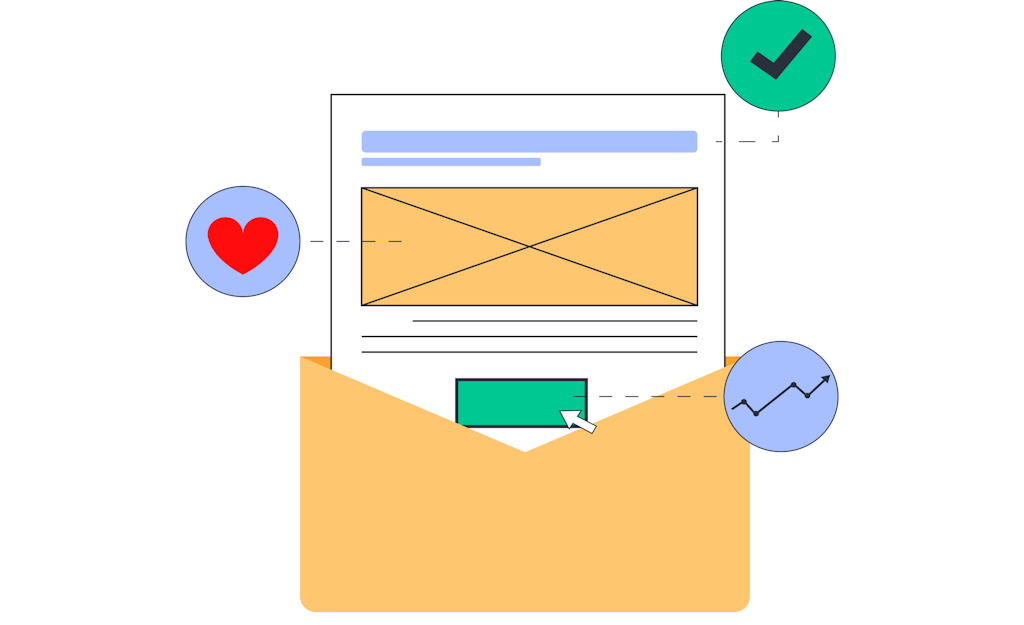
5. Personalize Subject Lines
5. Personalize Subject Lines
Personalization is beyond using the recipient's name. The subject line can be tailored based on subscriber behavior, location, or past purchases.
When subscribers see you're using their data to send them relevant content, it demonstrates that you understand their preferences, which can lead to a stronger connection with your brand.
6. Clear Call-to-Action (CTA)
6. Clear Call-to-Action (CTA)
A well-defined CTA tells recipients exactly what action you want them to take. It guides them toward the desired outcome, whether it's making a purchase, signing up for a webinar, or downloading a resource.
Ultimately, the primary purpose of most email campaigns is to drive conversions. A clear and persuasive CTA can turn email engagement into actual conversions, such as sales or lead generation.
7. Mobile-Responsive Design
7. Mobile-Responsive Design
Mobile device usage for email has increased in recent years. Users check their emails on the go, during commutes, and while waiting. To reach and engage your audience effectively, you must cater to this growing mobile audience. Neglecting mobile optimization can result in missed opportunities and a poor user experience.
Designing emails that render well on various devices includes using touch-friendly buttons, responsive layout, single-column design, large font sizes, preheader text, and short, scannable content.
8. Engaging Content
8. Engaging Content
Communicate the value of your email. Explain what subscribers will gain by opening and reading your message. Use personalization to address subscribers by their first name and customize content based on past interactions with your brand.
Share stories that evoke emotions, establish connections, and convey the message effectively. Incorporate visually appealing elements like images, infographics, and videos to break up text and make your content more engaging.
See the magic for yourself
See the magic for yourself
Why waste time on prospects that don't convert?
Get a free trial or book a personalized demo.
Start now Why waste time on prospects that don't convert?
Get a free trial or book a personalized demo.
Free Trial
Dedicated CSM
Global Coverage
GDPR compliant
Timing and Frequency
Timing and Frequency
Determining the right timing and frequency for your email campaigns is crucial for maximizing open and engagement rates while maintaining a positive subscriber experience.
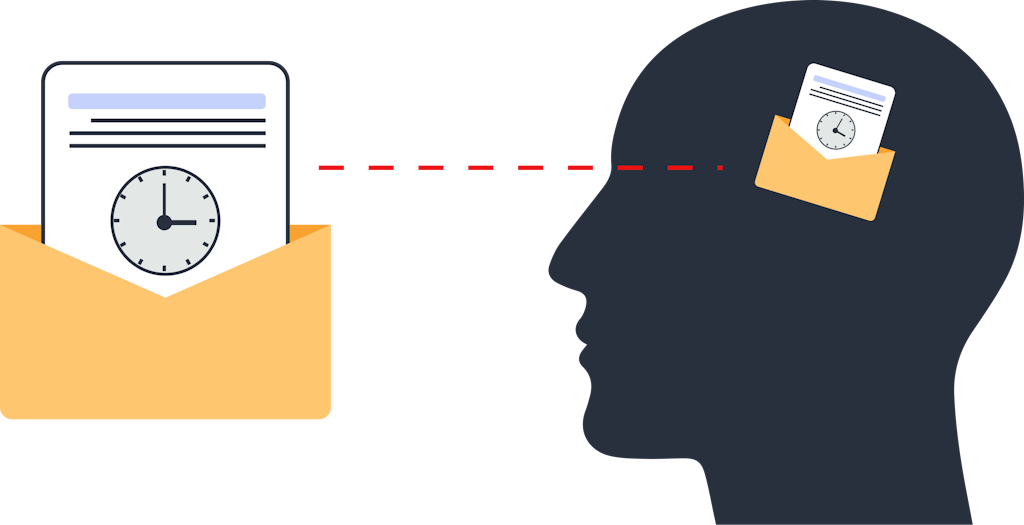
9. Test Send Times
9. Test Send Times
Different audiences have different schedules and preferences. Testing helps you discover when your specific audience most responds to your emails. Also, testing gives you a competitive edge. If your emails consistently arrive when your audience is most receptive, you can stand out in the inbox.
Conduct A/B tests where you send the same email to two segments simultaneously. Analyze the results to identify the time that generates the best engagement.
10. Avoid Over-Sending
10. Avoid Over-Sending
For subscribers who have become less engaged, consider sending re-engagement campaigns before removing them from your list. Offer incentives or content to reignite their interest.
Continuously monitor open rates, click-through rates, and unsubscribe rates. If you notice a drop in engagement, consider reducing email frequency.
Subject Lines and Previews
Subject Lines and Previews
Subject lines should be clear and relevant to the email content. Preview text should complement the subject line, providing additional context or information without redundancy.
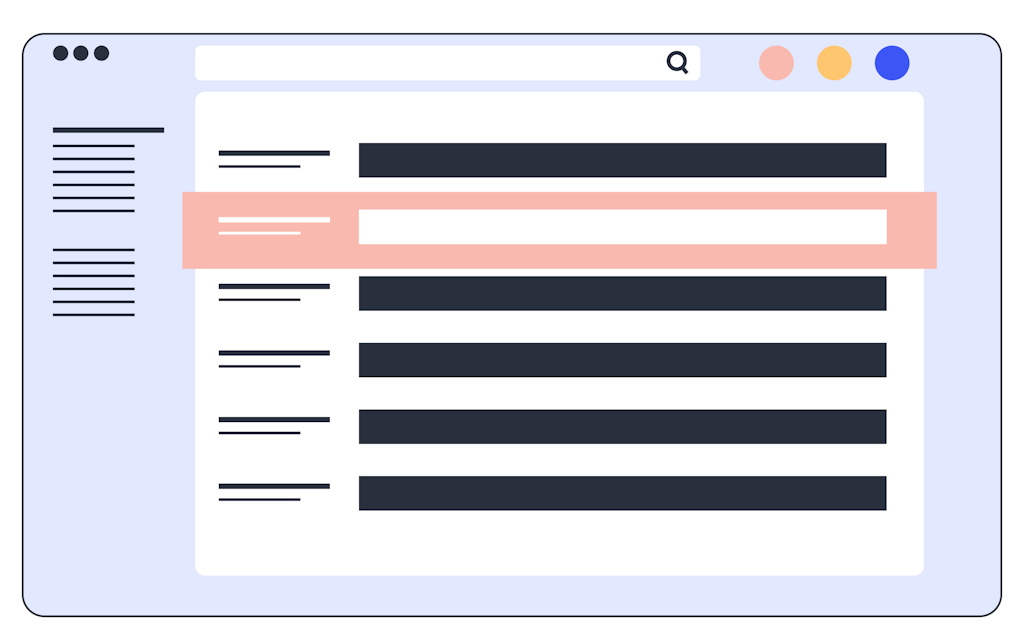
11. A/B Test Subject Lines
11. A/B Test Subject Lines
A/B testing allows you to make decisions based on data instead of assumptions. Subject lines have a direct impact on open rates. A/B testing helps you find the most compelling subject lines to maximize email engagement.
Examples of variables to test for better performance include emojis, using short, concise subject lines, creating a sense of urgency, and aligning with current events, seasons, and trends.
12. Preview Text Optimization
12. Preview Text Optimization
Preview text should complement and expand the subject line, providing additional context or enticing information without repeating the subject.
Also, make the preview text action-oriented. Encourage recipients to take a specific action, such as "Read Now" or "Discover Savings." As preview text is displayed on mobile devices, make it short, engaging, and mobile-friendly.
Deliverability
Deliverability
Monitor bounce rates and promptly act on "hard" bounces (permanent delivery failures). High bounce rates can negatively affect your sender's reputation.
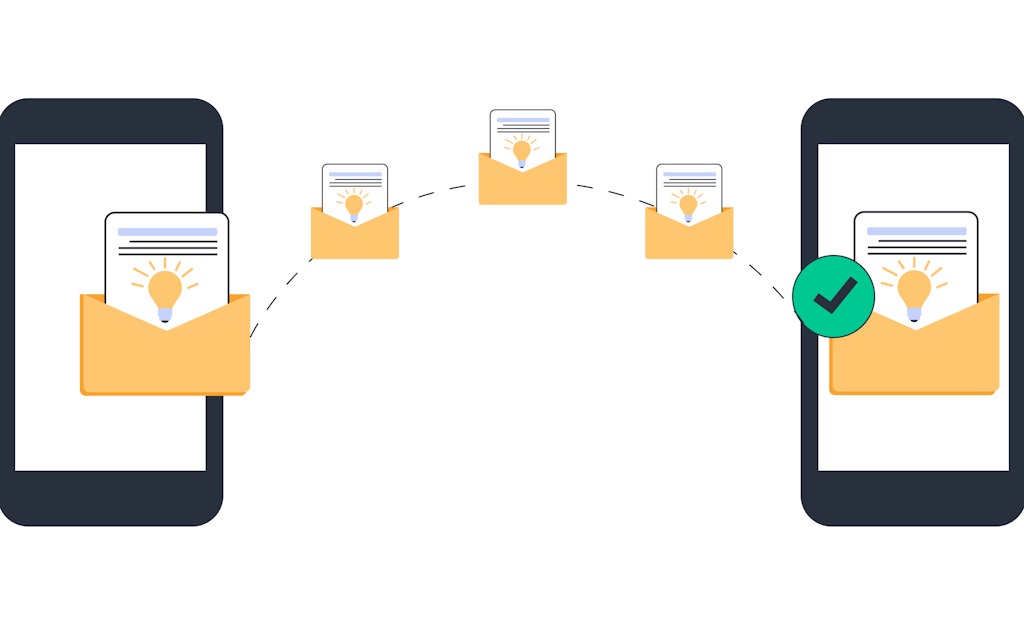
13. Use a Reputable ESP
13. Use a Reputable ESP
Reputable Email Service Providers(ESPs) know how to navigate spam filters, sender reputation management, and authentication protocols to ensure your emails reach the inbox.
In addition, using a reputable ESP can lead to higher email deliverability rates. They have established relationships with major email providers and Internet Service Providers (ISPs).
14. Authenticate Your Domain
14. Authenticate Your Domain
Domain authentication protocols, including SPF, DKIM, and DMARC, improve email deliverability. Sender Policy Framework (SPF) is an authentication method that specifies which servers are authorized to send emails on behalf of your domain.
DomainKeys Identified Mail (DKIM) adds a digital signature to your emails, which allows email providers to verify that the email content hasn't been tampered with during transit.
Domain-Based Message Authentication, Reporting, and Conformance (DMARC) builds upon SPF and DKIM to provide a comprehensive email authentication framework, enabling you to set policies for email authentication and receive reports on email activity.
Testing and Optimization
Testing and Optimization
Understanding the value of A/B testing in various elements of your emails is essential for refining and enhancing your email marketing strategy.
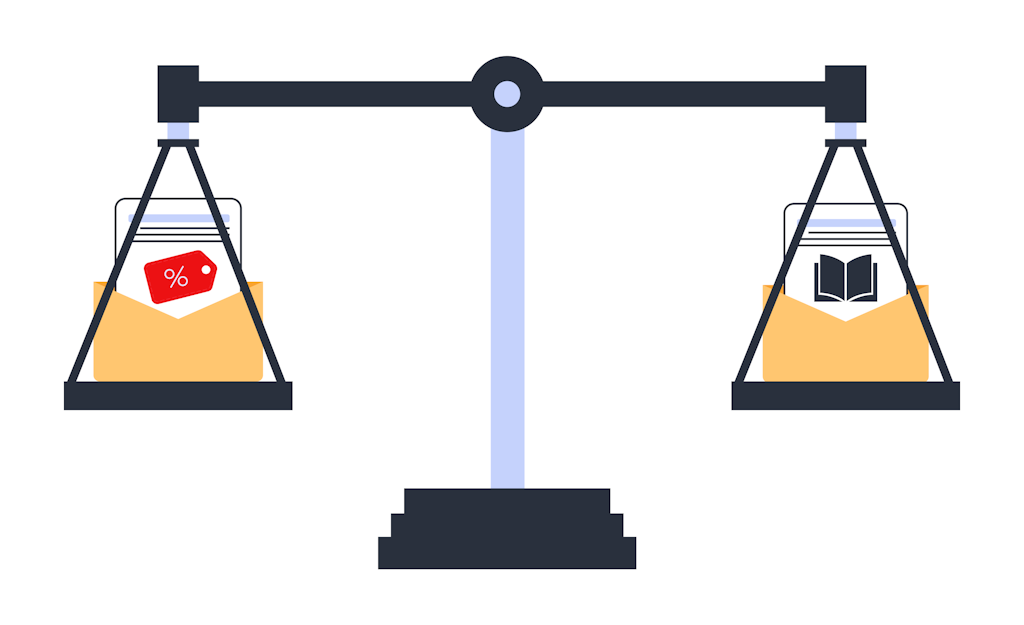
15. A/B Testing
15. A/B Testing
A/B testing allows you to gain comprehensive insights into various elements of your emails, helping you understand what resonates best with your audience.
The elements to test A/B testing are images, layout, content, CTAs, email length, subject lines, and segmentations.
16. Segmented Testing
16. Segmented Testing
A/B testing within these segments ensures your emails are highly relevant to each group's preferences and needs.
By testing variations of email elements within segments, you can identify what resonates best with each audience subset. It leads to higher open rates, click-through rates, and overall engagement.
See the magic for yourself
See the magic for yourself
Why waste time on prospects that don't convert?
Get a free trial or book a personalized demo.
Start Now Why waste time on prospects that don't convert?
Get a free trial or book a personalized demo.
Free Trial
Dedicated CSM
Global Coverage
GDPR compliant
Engagement and Interaction
Engagement and Interaction
Incorporating interactive elements into your email marketing strategy, such as polls, surveys, and user-generated content, is a powerful way to encourage recipient engagement and interaction with your emails.
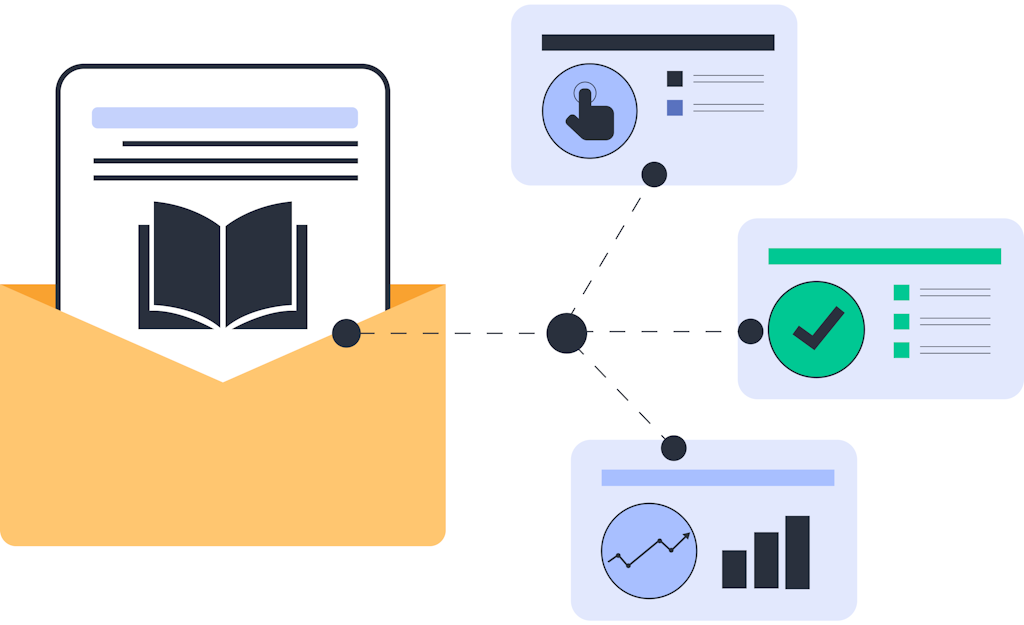
17. Interactive Content
17. Interactive Content
A/B testing allows you to gain comprehensive insights into various elements of your emails, helping you understand what resonates best with your audience.
The elements to test A/B testing are images, layout, content, CTAs, email length, subject lines, and segmentations.
16. Segmented Testing
16. Segmented Testing
Interactive elements like polls and quizzes can gather valuable data about recipients' preferences, interests, and needs, enabling you to refine your marketing strategies.
Ensure the interactive elements are mobile-responsive. Many recipients open emails on mobile devices, so a seamless mobile experience is crucial.
18. Feedback Loops
18. Feedback Loops
Feedback loops establish a two-way communication channel with your subscribers, fostering a sense of engagement and involvement. They prioritize subscriber needs, allowing you to tailor your email content and strategy based on their preferences and feedback.
Analytics and Tracking
Analytics and Tracking
Incorporating interactive elements into your email marketing strategy, such as polls, surveys, and user-generated content, is a powerful way to encourage recipient engagement and interaction with your emails.
19. Monitor Metrics
19. Monitor Metrics
The open rate provides insights into the effectiveness of your subject lines and sender name. On the other hand, CTR reflects the level of engagement and the appeal of your content and offers.
The conversion rate tracks the recipients who completed a desired action after clicking on an email link, such as purchasing or signing up for a webinar. It directly ties email efforts to business goals.
20. Analyze and Adjust
20. Analyze and Adjust
High open, CTR, and conversion rates indicate effective subject lines and sender names. If they are low, it may signal issues with your subject lines or email deliverability.
Regularly monitor and analyze metrics to identify trends and adapt your strategy accordingly. Also, clean your email list to remove inactive or unengaged subscribers. It reduces the likelihood of spam complaints and improves overall deliverability.
Transforming Marketing Through Data Intelligence
Transforming Marketing Through Data Intelligence
Ocean.io is a strategic ally for businesses looking to excel in Account-Based Marketing. ABM is a highly targeted approach, focusing on engaging specific high-value accounts rather than casting a wide net.
Discover the multiple ways data intelligence can unlock for your marketing efforts.
Start now Ocean.io is a strategic ally for businesses looking to excel in Account-Based Marketing. ABM is a highly targeted approach, focusing on engaging specific high-value accounts rather than casting a wide net.
Discover the multiple ways data intelligence can unlock for your marketing efforts.
